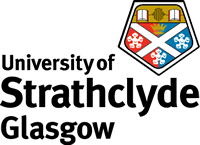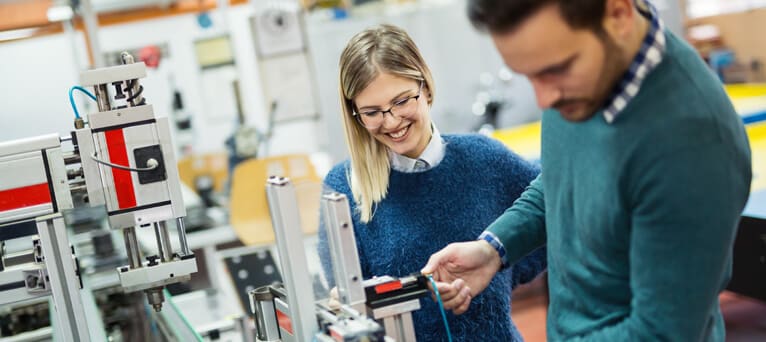Project background
There is an unmet need for a technology capable of non-invasively reporting oxygen levels in blood, tissue, and cells through overlying skin. Such a technology could improve data acquisition in the research of diseases that involve tissue-specific oxygen deficiency (hypoxia), e.g. cardiovascular diseases, cancerous tumours, and multiple sclerosis. Importantly, such a technology could also reduce the current reliance on lethally-invasive hypoxia measurement techniques, thereby reducing the use of animal models in biomedical research.
A key challenge to overcome for biosensors is that the ultraviolet, blue, and green light typically employed to excite fluorescent biosensors is strongly absorbed and scattered by biological tissues, rendering most fluorescent biosensors unsuitable for measurement through biological tissues.
Upconversion nanoparticles (UCNPs) possess unique photophysical attributes of intra-red excitation and red emission, allowing UCNP-based nanosensors to be detected and read-out through several centimeters of biological tissue. Oxygen-sensitive UCNP-based nano-constructs would therefore be uniquely capable of non-invasively reporting oxygen levels within tissues and blood through overlying tissue; thereby giving biomedical researchers a new tool to study hypoxia over the extended time-periods associated with disease development.
Project aims
1. To create nano-constructs formed of a red-light emitting upconversion nanoparticles surrounded by a mesoporous silica shell to enable molecular loading.
2. To functionalise the nano-constructs with fluorescent dyes, molecular probes, and polymers to make oxygen-sensitive nanosensors with tunable properties.
3. To test and iteratively improve the oxygen nano-sensors.
4. To demonstrate the applicability of oxygen nanosensors in relevant scenarios (e.g. in cells, ex vivo blood, and tissue-mimicking phantoms).
Strategic fit
This project fits within three Strathclyde University research themes: (1) health and wellbeing, (2) advanced manufacturing and materials, and (3) measurement science and enabling technologies. This project will be hosted in the Bionanotechnology and Analytical Chemistry section of the Department of Pure and Applied Chemistry, within the cutting-edge facilities and thriving research environment of the Technology and Innovation Centre.
Techniques & Research Skills
The successful applicant will develop a wide range of research skills in nanosensor development and testing. This will include methods such as nanoparticle synthesis, silica shell formation, molecular loading, emission spectroscopy, absorption spectroscopy, scanning/transmission electron microscopy, dynamic light scattering, zeta potential measurement, and Brunauer–Emmett–Teller analysis. Also, basic image analysis and data analysis. Full training will be given in these methods.
The successful applicant will also benefit from undertaking a Postgraduate Certificate in Researcher Professional Development (PGCert-RPD) via the Strathclyde Doctoral School. This will enable the student to gain experience in the themes of knowledge and intellectual abilities; personal effectiveness; governance and organisation; engagement, and influence & impact. And they will be encouraged to attend academic conferences to present their research, develop their communication skills, and network.
The successful applicant will also develop supervision skills by assisting with supervision of undergraduate students in the laboratory.
Candidate requirements:
Applicants would be expected to hold at least a 2:1 honours degree or equivalent. Applications from candidates with 2:2 degrees may be considered, where they have relevant experience within the sector.
Further information: Informal enquiries are strongly encouraged and should be addressed to Dr Lewis E. MacKenzie ([Email Address Removed]). To apply, please send a covering letter outlining your previous research experience and reasons for applying, together with an up-to-date CV with details of two referees to ([Email Address Removed]) before 17.00 GMT on February 25th 2022.

 Continue with Facebook
Continue with Facebook




